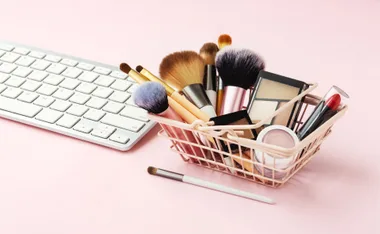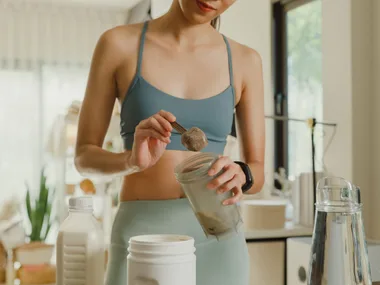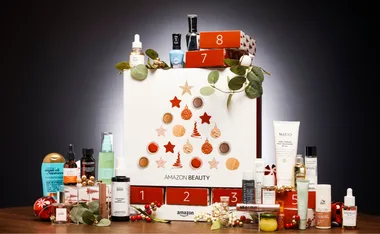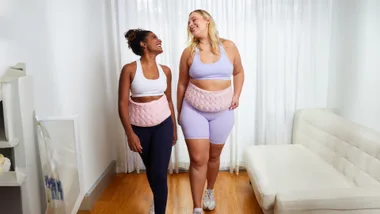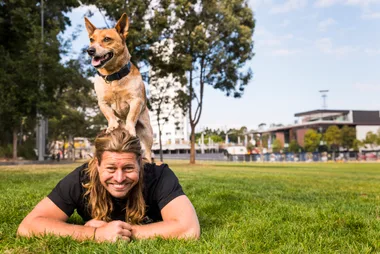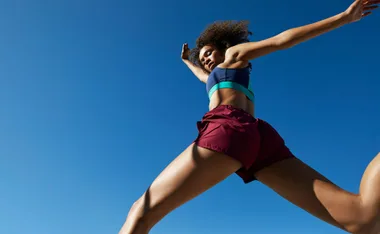Suddenly, only a few weeks after my father died, my mother started to receive phone calls from some of his workmates. She confessed she was extremely uncomfortable about it. Most of the people ringing she did not know and a few calls were invitations to go out for a drink — these were from people she had met only briefly. She refused all the offers, she told me.
Looking at Mum I was not surprised. Although she was 53, she was extremely attractive and fit and looked 10 years younger. Still, it did seem a bit much and I sympathised with her. It was the last thing on her mind in the weeks after Dad’s death — they had married young and had enjoyed a long, happy marriage. She was worried the men ringing had a low opinion of her if they were ringing to ask such things so soon.
Although I suggested she may be misinterpreting their intentions, she was not convinced. One caller in particular really bothered her — it was not one of my dad’s workmates, but someone I knew very well, she said. He was married and she knew his wife, as did I, she hinted. She was very cagey and wanted me to guess who it was; much to my annoyance I could not work it out. She brought up the subject several times afterwards and although I racked my brain, I could not guess who it was. Finally I told her not to bring it up again if she was not going to tell me. Her behaviour was irritating, to say the least, and uncharacteristic.
Less than a month after my dad’s death, my mum fell ill suddenly and was hospitalised. On the way home from visiting her one night, my husband Rob and I stopped in at her place at her request, to check the house and pick up mail. While Rob checked things in the fridge, I went down the hall to check the answering machine. I carefully noted down all the calls and phone numbers but was not prepared for the last call. It was my father-in-law asking her out, saying how much he admired her and suggesting that they get together, stipulating that his wife would not be part of the evening out and knew nothing of his phone calls.
My fingers could not move fast enough — I stopped the tape in the machine. I was shocked and upset and deleted all the messages, removing the tape and unplugging the machine. I placed the tape in my pocket. When I came back to the kitchen Rob was not there; he had gone to put garbage outside. At least he had not heard the message. I told Rob that the messages were all old ones and that there was something wrong with the tape or the machine and that I had turned it off.
My husband Rob really loved his dad. He had been the rock in all his children’s lives. Their mother was a highly emotional person and very career-oriented. Their home life had been extremely unhappy most of the time and the kids had all moved out of home as soon as possible to escape her erratic behaviour.
I never mentioned the message I found to Rob or to my mum. I did, however, make sure my father-in-law knew Mum was in hospital and that we were looking after the house and checking for mail and messages. Over the coming weeks I made an issue of how happy my parents’ marriage had been and how I thought it unlikely that she would ever marry again.
To my knowledge he never rang again and Mum did not mention it either.
Twenty years later I am glad of my subterfuge. Within a year of my dad’s death, Rob’s dad also died, so his memory of his father has been kept intact.
Newsletter conversion description. Get the latest in your inbox.
